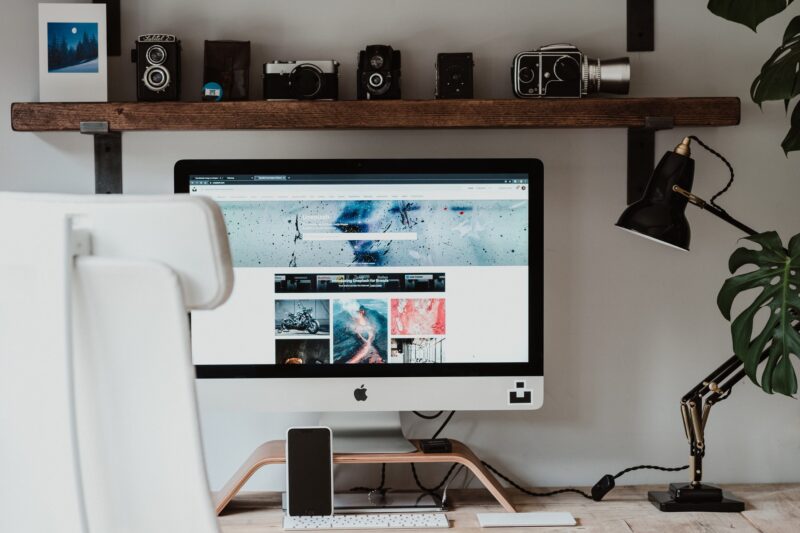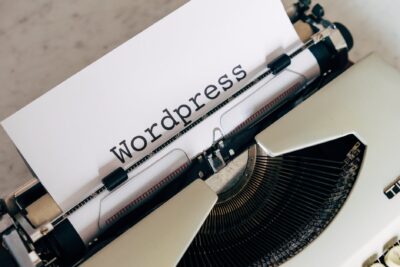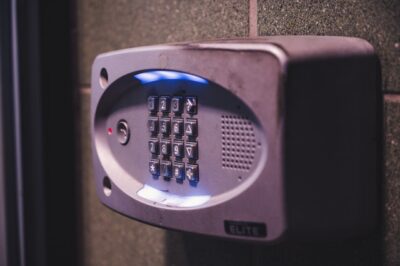In this post I will explain and give examples on how to make sure featured images are enabled in your theme and how to get WordPress post featured image in custom sizes. I will also show you how to get the image URL only to a custom image size so you can build your own img tag.
Prerequisite:
In order to use featured image an custom image sizes in WordPress your theme has to add theme support for post-thumbnails. Usually this is added by your parent theme so you don’t have to add it.
/*
* Enable support for Post Thumbnails on posts and pages.
*/
// Make sure the function doesn't exist
if ( !function_exists('my_after_theme_support') ){
// Create the function
function my_after_theme_support() {
// Add post-thumbnails
add_theme_support( 'post-thumbnails' );
}
}
// Hook the function into WordPress
add_action( 'after_setup_theme', 'my_after_theme_support' );Get the featured image the default way
Ok so now that that’s done or hopefully its already in your theme, now you can get these images within the WordPress Loop as-in inside your template files with just calling the get_the_post_thumbnail function(). If you want to use it somewhere outside the WordPress Loop you will need to pass the Post or the Post ID to it, as a first parameter.
the_post_thumbnail();
// OR
echo get_the_post_thumbnail();
// This will print out something like:
echo '<img width="750" height="579" src="http://lehelmatyus.test/wp-content/uploads/2018/12/drupal-accessibility.jpg" class="attachment-post-thumbnail size-post-thumbnail wp-post-image" alt="Drupal input label accessibility" srcset="http://lehelmatyus.test/wp-content/uploads/2018/12/drupal-accessibility.jpg 750w, http://lehelmatyus.test/wp-content/uploads/2018/12/drupal-accessibility-300x232.jpg 300w, http://lehelmatyus.test/wp-content/uploads/2018/12/[email protected] 600w, http://lehelmatyus.test/wp-content/uploads/2018/12/drupal-accessibility-400x309.jpg 400w" sizes="(max-width: 750px) 100vw, 750px" />'
As you can see the advantage of just using this function is that it will print out the image as an <img> tag that holds all srcset attributes for media queries meaning if will load optimal image sizes for different devices, so you are not loading huge images for mobile devices.
However many times you need exact sizes so here is where we begin with How to get WordPress post featured image in custom size.
Get WordPress post featured image in custom size
Its basically 2 steps
- Resister the image sizes in functions.php
- Get the image using the image size you registered
- Alternatively you can get the URL only at the image size you want and build your own output
Time needed: 10 minutes
How to get WordPress post featured image in custom size.
- Register the image sizes you want in functions.php
You need to call
add_image_sizefunction. But you need to do this inafter_setup_themehook, the same one we looked at earlier. You need to pass the name, sizes and crop method to this function. You can do this in your themesfunction.phpfile. Here is an example.
/* * Add Image sizes */ if ( !function_exists('lhl_add_image_sizes') ){ function lhl_add_image_sizes() { // Add your own image sizes add_image_size( 'lhl_image_sm', 350, 250, true ); add_image_size( 'lhl_image_md', 700, 500, true ); add_image_size( 'lhl_image_md', // name of image style 1400, // width in px 1000, // height in px false // image crop // false: image will be scaled // true : image will be cemter cropped to the specified dimensions ); } } add_action( 'after_setup_theme', 'lhl_add_image_sizes' ); - Output the image with the image size you just registered
For this in your template file you can use the same
get_the_post_thumbnailfunction I mentioned earlier. But now with passing as a parameter the Post ID AND the image size name you created earlier. Here is an example:
/** * Print the featured image with an image size */ $post_id = get_the_ID(); echo get_the_post_thumbnail( $post_id, 'lhl_image_sm' ); // This will already add CSS classes like: // 'attachment-lhl_image_sm' // 'size-lhl_image_sm' // 'wp-post-image' /** * Add some html attributes to the img tag */ $post_id = get_the_ID(); echo get_the_post_thumbnail( $post_id, 'lhl_image_md', array( 'class' => 'alignleft' ) );
This function again will output the nice srcsets however it will keep the aspect ratio of your desired image size. - Alternatively you can get the attachment image URL with desired size for more flexibility
For this You need to use a different function called
get_post_thumbnail_idand pass the Attachment ID not the Post ID. Here is an example:
$post_id = get_the_ID(); // Get the Image ID $attachment_id = get_post_thumbnail_id($post_id); if (!empty($attachment_id)){ // Get the attachment image URL with desired size $attachment_array = wp_get_attachment_image_src($attachment_id, 'lhl_image_md', true); $attachment_url = $attachment_array[0]; $attachment_width = $attachment_array[1]; $attachment_height = $attachment_array[2]; // echo $attachment_url; // Get the Alt text of the image $attachment_alt = get_post_meta($attachment_id , '_wp_attachment_image_alt', true); } // Print out your own image format if ( !empty( $attachment_array ) ) { echo "<img class='my-class' src='{$attachment_array[0]}' alt='$attachment_alt' width='{$attachment_array[1]}' height='{$attachment_array[2]}' />"; }
Please note this will not have the img srcset goodies and media queries to load different size images for mobile devices and such.
Please note:
- Images that you uploaded prior to creating the image size will not have this image size until they are called upon.
- If you happen to change the image size later on, older images that were already cropped for this image size will nut be refreshed unless you regenerate the image crops. You can do this using
- WP CLI using my instruction for Managing Media and Images in my post Common WP CLI commands that I find myself using a lot
- OR you can add and run the Regenerate Thumbnails plugin
If you want to handle image srcset for this second method where you get the URL only please take a look how to get image scrset using wp_get_attachment_image_srcset.
I hope this helped you, please leave a comment in the comment section.
Thanks, Lehel





Hi, this is the most helpful tutorial I have found but for some reason the url that is returned is the original image called “test-image.jpg”.
I was expecting “test-image-240×60.jpg”
Any idea how to get the exact url of the correct sized image?
Thanks
Hi.
If it’s an old image that has been uploaded prior to you creating the image style
You will need to regenerate image styles so the new crop can be created.
the easiest way is to use this plugin and regenerate the crop styles.
https://wordpress.org/plugins/regenerate-thumbnails/
Cheers
Lehel